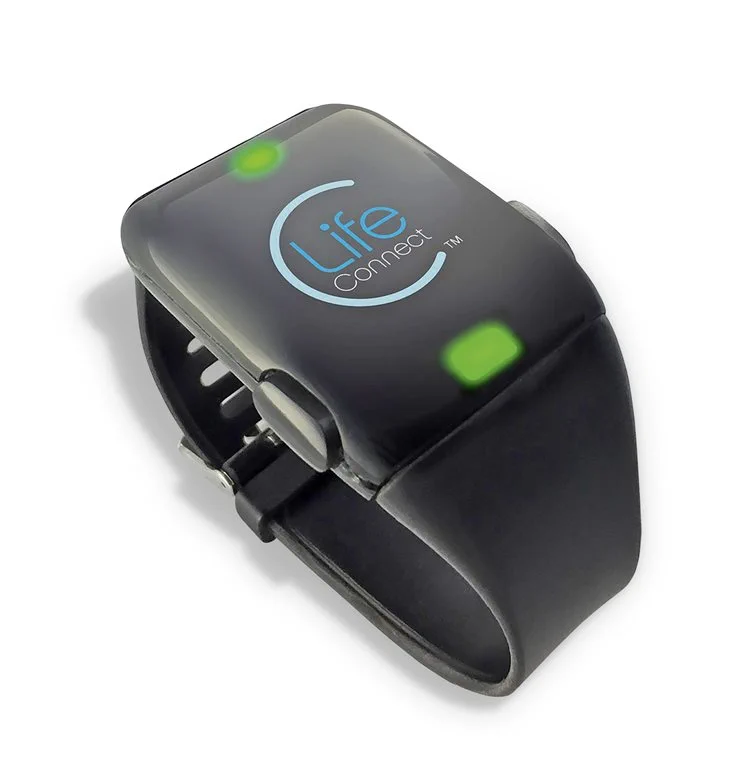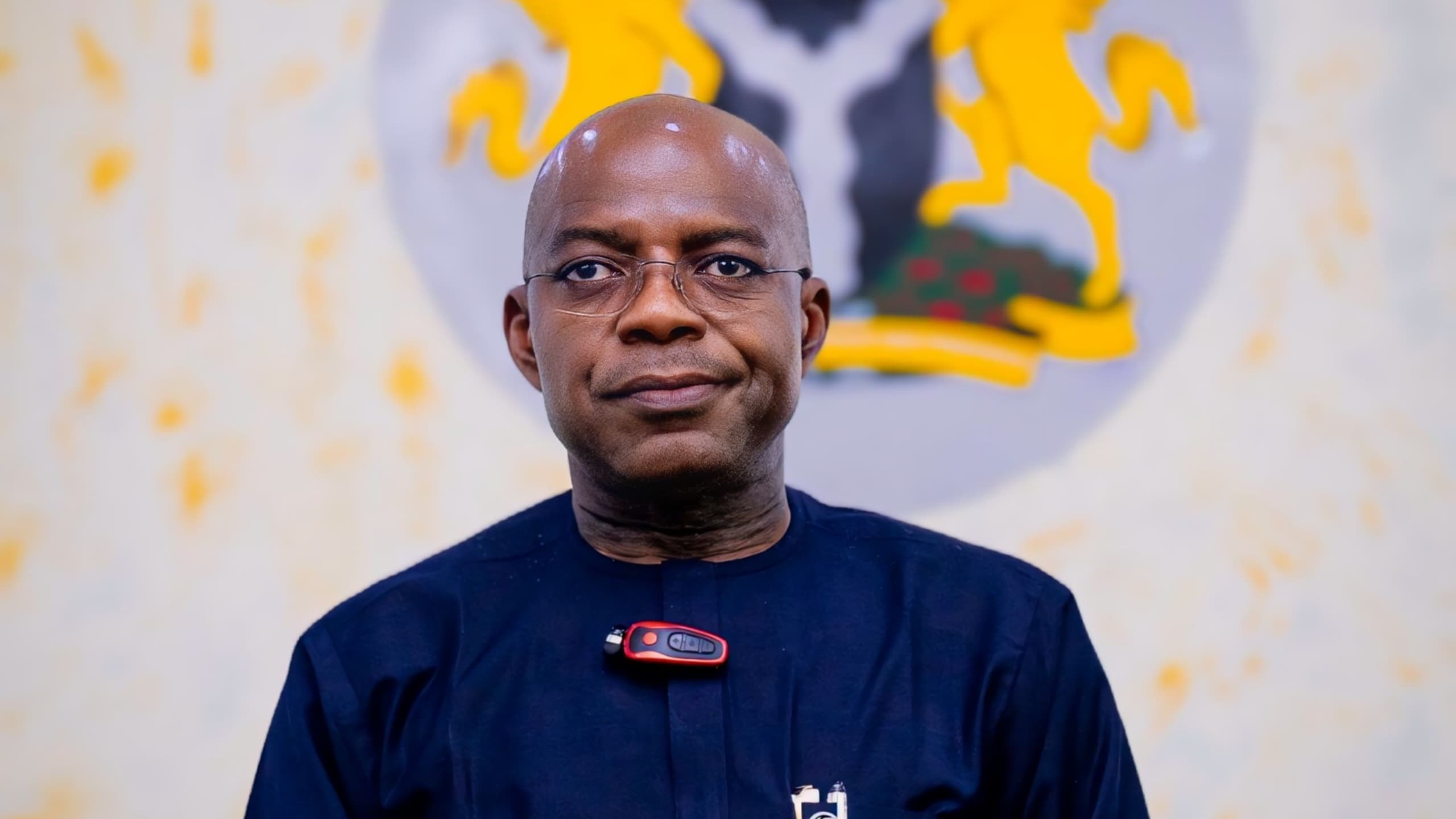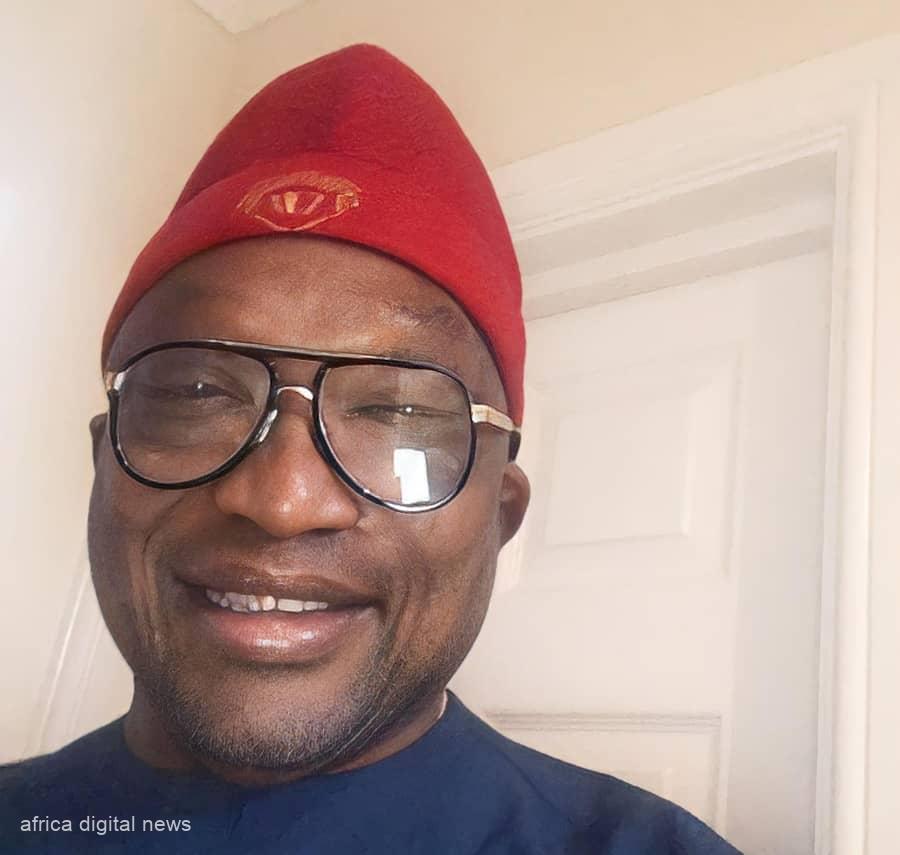Healthcare just like many other industries in the modern world has been stung by the ‘tech’ bug. With advancements in biosensor technologies and improvements in health care services predicated artificial intelligence, there are now more sophisticated ways for medics to monitor patients. Telehealth, the use of digital information and communication technologies to render health care services is now possible with non-invasive wearables which produce accurate results. The potential of this technology to provide cheaper psychological data collection, interpretation, and visualization options for medics and researchers to monitor patients or track diseases.
Impressively, more digital health solutions are surfacing in markets in the form of wearables. Some examples include wearable salivary uric acid mouthguards, Apple smartwatches, Fitbits, and Garmin. Many opine that COVID-19 accelerated the widespread adoption of wearables considering how stretched medical facilities were during the pandemic. While that holds true, the convenience of throwing on and off a wearable device that helps one keep tabs on personal medical data is an even bigger attraction. This is especially so for people suffering from medical conditions requiring routine checks such as neurological disorders, diabetes, hypertension, and other cardiovascular diseases. These devices help these patients to monitor their sugar levels, blood pressure, pulse rate, and other variables.
Wearables are equipped with target receptors and transducers which when in contact with the body or in some cases worn over clothing can relay even the slightest changes in temperature, blood pressure, and other bodily changes. Before smartwatches, there were glucose monitors used by diabetic patients to monitor blood sugar levels. Wearable devices are not entirely newcomers on the scene as biosensors, (the collective name for this technology) was first used in 1956 to monitor the blood-oxygen levels of patients during surgeries. With the advancement in digital health and possibilities in healthcare services, patients do not necessarily have to sit across a doctor’s table to get updated about certain medical data.
Read Also: Science Near Me: An Exciting New Way to Learn About Science
Through telehealth, doctors are now able to render informed and accurate medical help even without physical contact with patients and this has the potential to prevent hundreds of medical emergencies. According to The Insider, by the end of 2022, one-quarter of the total United States population will be using one wearable digital health device or the other. Also noting that the popularity of these devices hinged on the need for people to track vital health signs in real-time tripled the demand for these devices in less than half a decade.
People are turning to wearables for various reasons such as regular monitoring of bodily changes, fitness purposes, and for therapy in the case of pain management and pumping insulin, or keeping tabs on the progress of a patient placed on respiratory therapy. In fact, market intelligence has it that in the near future, wearables will be as popular as smartphones. This means that most people in the world will own one more of these devices. The question is, how is Africa positioning itself to leverage this massive opportunity to optimize its poor healthcare systems?
According to TechPoint, the first indigenous wearable in Africa was a safety jacket for motorcyclists to minimize road accidents. It was invented in 2014 by a Kenyan startup. Ever since, more African countries are embracing wearables. In Malawi, the government is reported to use wearables to meet public health and humanitarian goals due to limited resources. In 2019, wearables were used to ascertain children’s well-being in Malawi. In South Africa, the fitness industry is bubbling on the strength of wearables. South Africans are said to be 22% more likely to use wearables compared to 18% of the rest of the world.
In fact, African Decisions point out that all basic wearables have a higher reception (81%) in Africa than in any other part of the world. With this projection of adoption, wearable medical devices can revolutionize the healthcare delivery model in Africa if the weak internet and epileptic electricity problems are fixed.
Ehi-kowoicho Ogwiji is a storyteller and natural scientist who is given to advocacy for a science-literate Africa. Ehi-kowoicho aspires to be a renowned science communicator and STEM thought leader in Africa and beyond. She writes from Abuja, Nigeria. Connect with her on social media @ogwijiehi or email her at [email protected]










